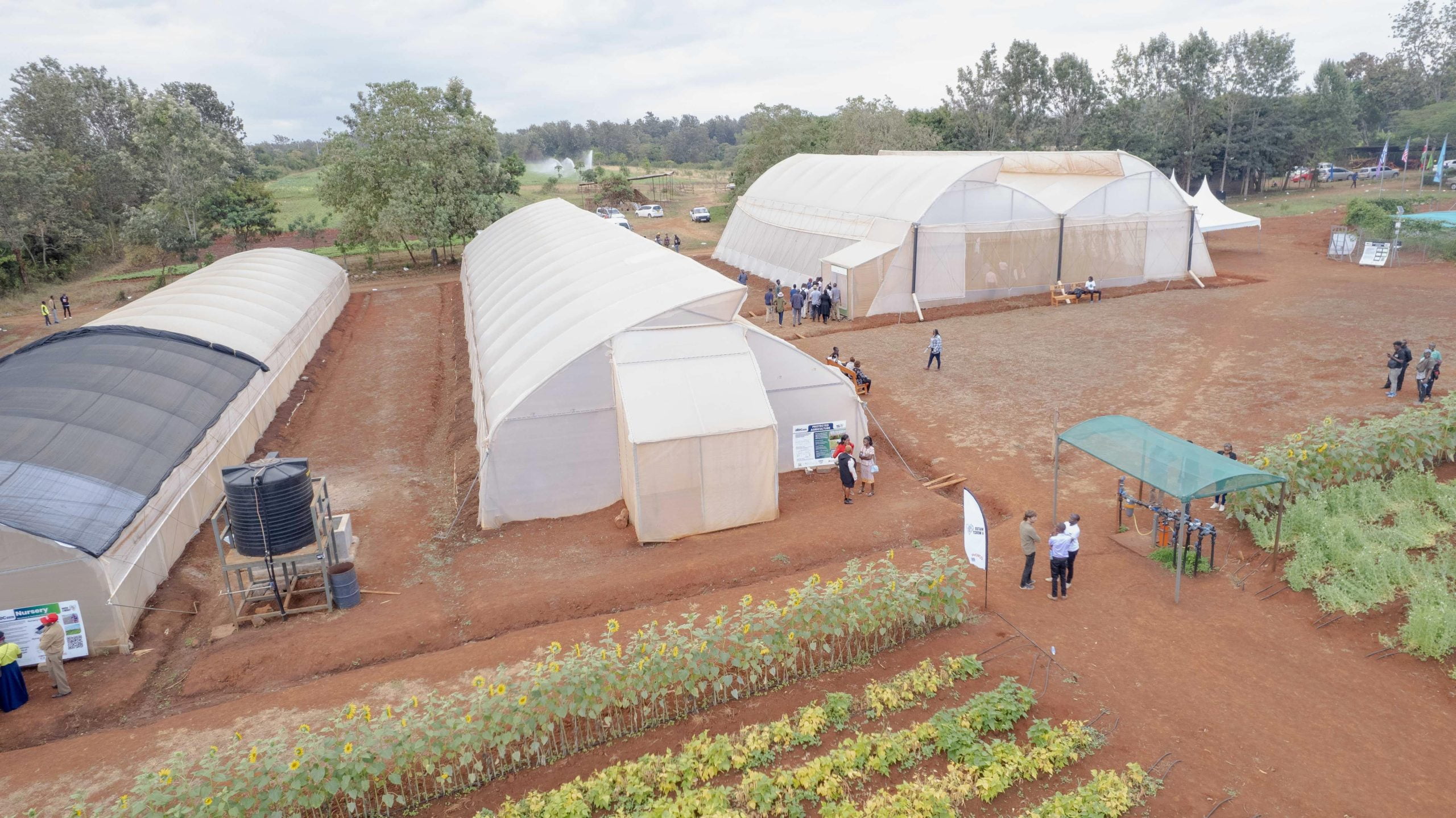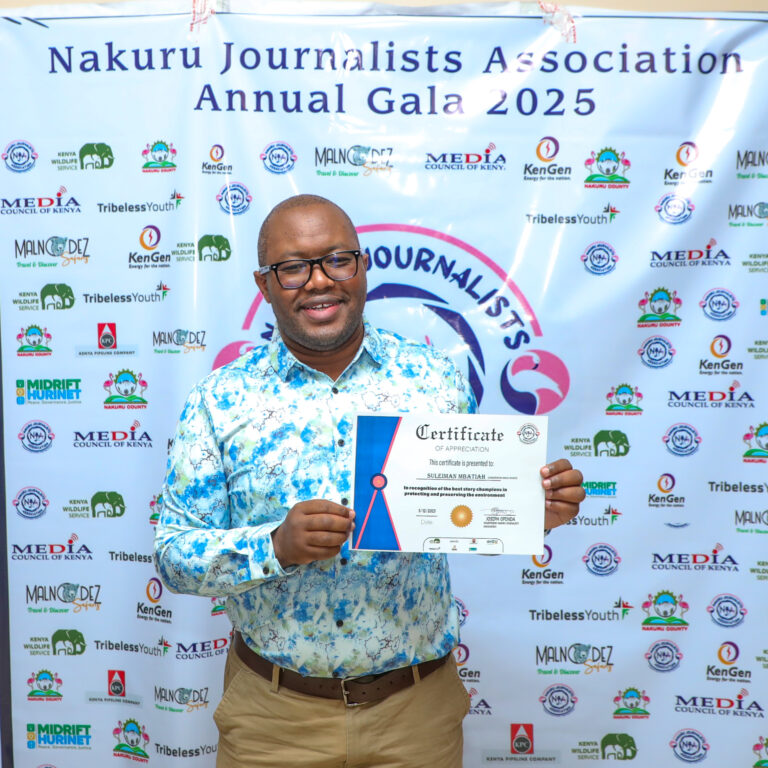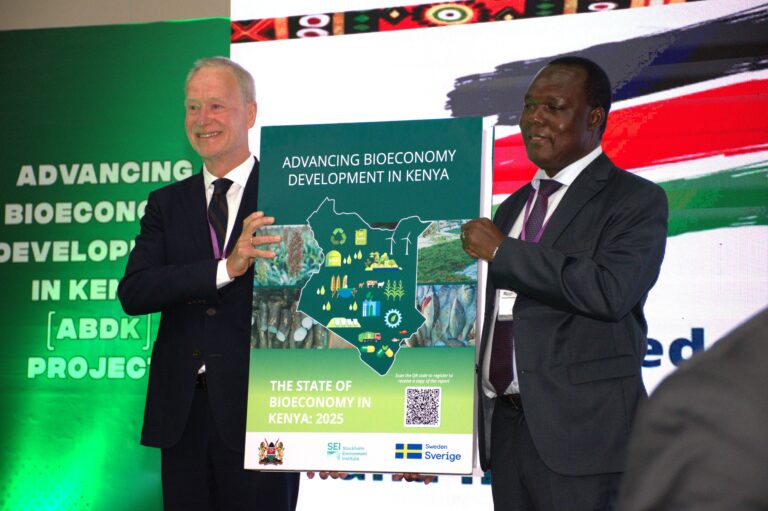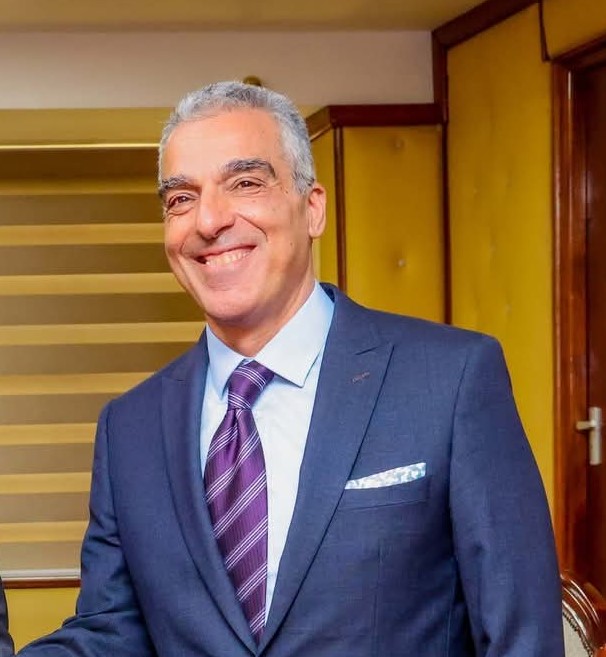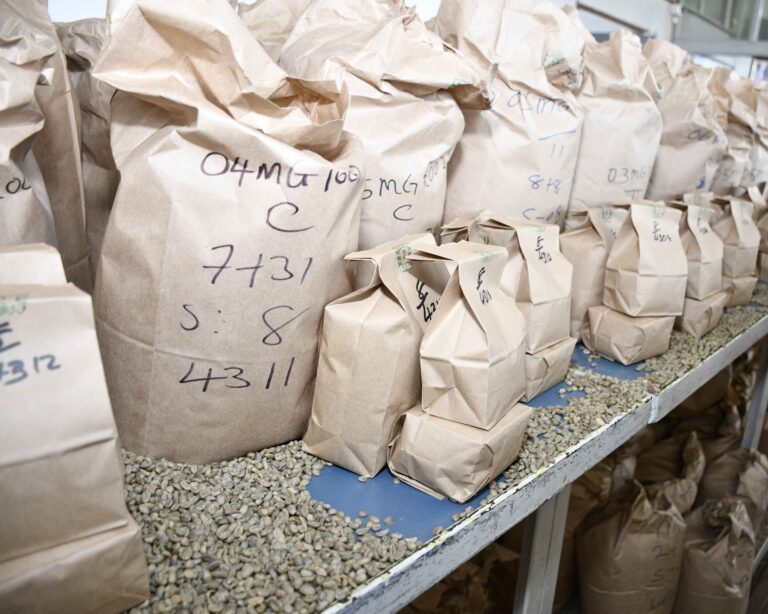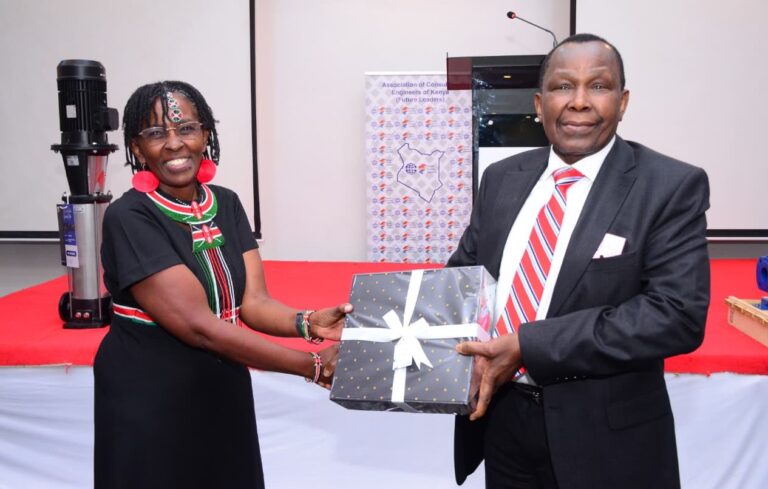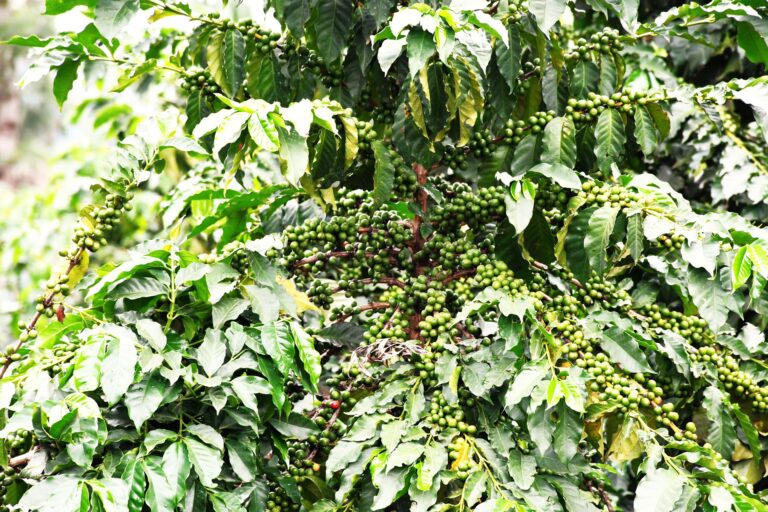The Kenya Landscapes Actors Platform 2024 Conference was held in Nairobi from 4th to 8th November with the theme “Collaborative Innovation and Knowledge Sharing to Restore and Sustain Kenya’s Landscapes”
Our reporter Kimuri Mwangi had an interview with Nancy Rapando who is the Africa Food Systems Leader at World Wide Fund for Nature (WWF) and talked about Transforming Food Systems for Ecosystems protection and Restoration. Below is an excerpt of the interview.
Let’s start by you telling us what your work entails
I work with World Wide Fund for Nature (WWF) as the Africa Food Systems Leader. My work is actually to bring together issues of agricultural production and conservation, showing the benefits, the opportunities and the challenges that food systems have on conservation.

What was your role in this conference?
As WWF we still want to play the role of convenors, informing about what is happening on our landscapes. So, we have just had a session on food system impacts on our landscapes and we were talking about two key reports that WWF has produced. We have the Living Planet Report that actually shows that biodiversity is heavily threatened in our landscapes.
We are having 76% losses in biodiversity since 1970 according to this report, and food systems and agricultural production is actually blamed for that reduction. This is because what we are doing in the landscapes, we are converting these habitats, we are actually converting rangelands into cropland areas. We have so much appetite for farming maize and horticultural crops, so we are not caring that it’s a rangeland.
We are taking up the farm, we are getting into the forest, but we are also using chemicals that are not good for wildlife in these ecosystems. So, this is a big worry because it is leading to a lot of losses in biodiversity. Another critical report that we were discussing today is what we call Africa Ecological Food Futures.
It actually brings all this evidence down to what is happening in our African landscapes and what is critical. Like when you look at the Southern Kenya landscape that actually goes all the way from Tsavo up to the Mara area through Narok and Kajiado, it is showing that croplands are really taking over these areas that were meant for rangelands and livestock production. So, we were actually asking stakeholders what do we need to do so that we avoid these trends whereby agriculture is overusing land, agriculture is overusing water, agriculture is putting the wrong chemicals in the landscapes.
What did you discuss with stakeholders on the subject?
With our stakeholders we’ve had very good engagements looking at issues of land use planning. How do we plan our lands to ensure that conservation areas remain intact and also production areas are protected? Another thing that really came out very strong in this discussion is on the issue of integrated planning.
What has been happening when we plan is that agriculturalists are planning and conservationists are planning alone. So, we want all this to come together because our landscape is having multiple functions. People are farming, there is tourism, there is livestock.
What we want is a situation where they all come together, agree on how they’re going to use this landscape.
Another critical thing that came out is actually on food loss and waste. We are losing a lot of food through waste but this food is actually the one making people to get tempted to expand agricultural production more.
When you lose thirty percent of your production, that means you will need an extra thirty percent that you will lose. So you are taking up more land, more labour and you’re converting more land that could have been used for biodiversity. We are looking at how we reduce that food loss and waste.
And talking to key stakeholders like Intersectoral Forum on Agrobiodiversity and Agroecology (ISFAA), they’re coming up with an agroecology strategy that is actually trying to speak to this showing we can set up like food banks whereby food that should be lost can be brought into these banks and redistributed to hungry people because you cannot be a country where people are hungry and others are wasting food, that is quite imbalanced.
Another aspect that we actually talked about during this meeting is on the need to farm in a sustainable way.
So sustainable practises are very critical and stakeholders have been speaking on the need to use organic fertilizers in these areas, to use bio inputs. In Kenya we just had the soil health summit that happened and for the first time we saw policy makers starting to say apart from inorganic fertilisers we also need to bring in organic fertilizers. We are on a good trajectory but we could be very late.
We just need to change the systems very fast so that we take these landscapes back to where they are. As much as we will not get to where we were but we need to salvage something so that we continue protecting biodiversity.
Where are we as East Africa on these matters?
I think for me quite good progress is happening in East Africa.
Kenya is going to launch its agroecology strategy which speaks to food system transformation. Tanzania has already launched its ecological agriculture strategy. Uganda is actually soon launching their strategy.
That tells you that stakeholders have woken up to understand the impact of food systems on the ecological future of our countries and so they are putting up these strategies to protect that. So, I think we are doing good on strategies but we really need to ensure that we are acting. Our problem is how do we implement these policies to the letter. We need resources, we need technical capacities and we need people to adopt these practises.
What can you say about human wildlife conflict?
I think we need just to zone out areas. If the place is like a wildlife corridor that is supposed to help wildlife to move, it is a place where wildlife goes drawing drinking water, let’s leave out those areas.
There is strength in having evidence on understanding which are the user areas for wildlife so that we don’t get into this area. I think that’s the only way we can do it. The populations will keep on expanding but we don’t want human beings to exist at the expense of nature. We all need to coexist.
Any other idea apart from food banks?
There is more into food system transformation beyond the food banks. We are talking about indigenous food coming back and we have seen organisations like Rockefeller starting to say can we allow students, school children to feed on this indigenous food? So there are different innovations.
I think we’re also looking at how can we go back to indigenous food by bringing back the seed systems. There is a panellist who talked about that because there is no food without seed. We are looking at strengthening the whole value chain from pre-production up to the waste system.
The transformation has to go across the value chain. You can’t fix one place and leave out the other one. You cannot do that.


